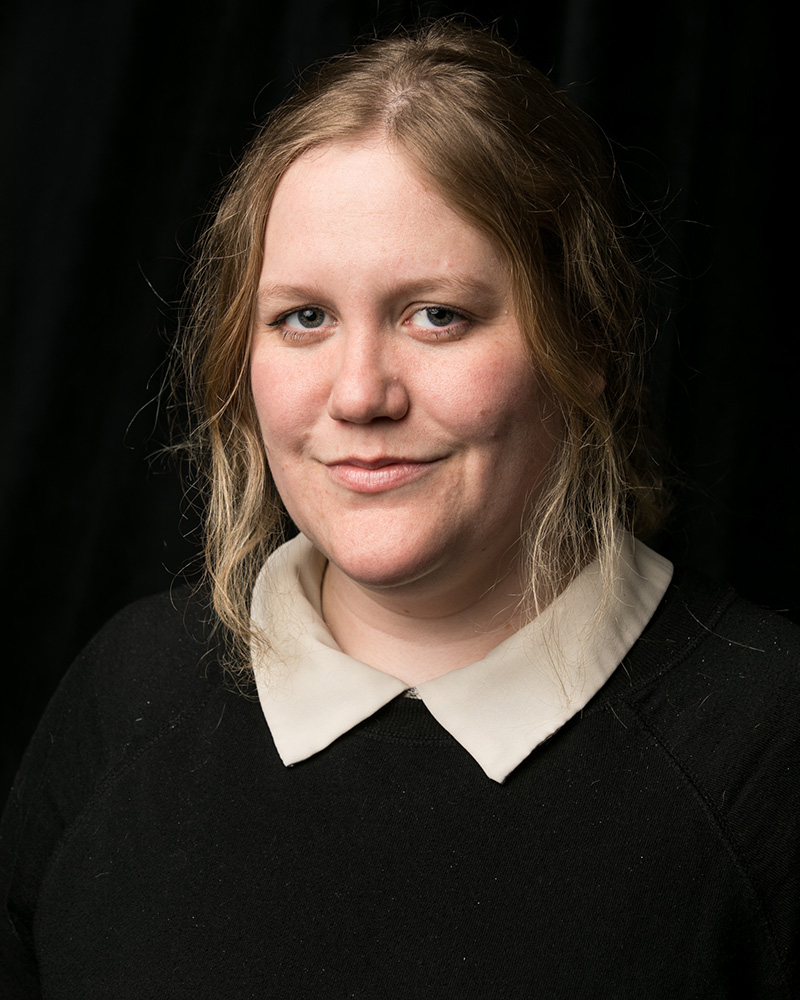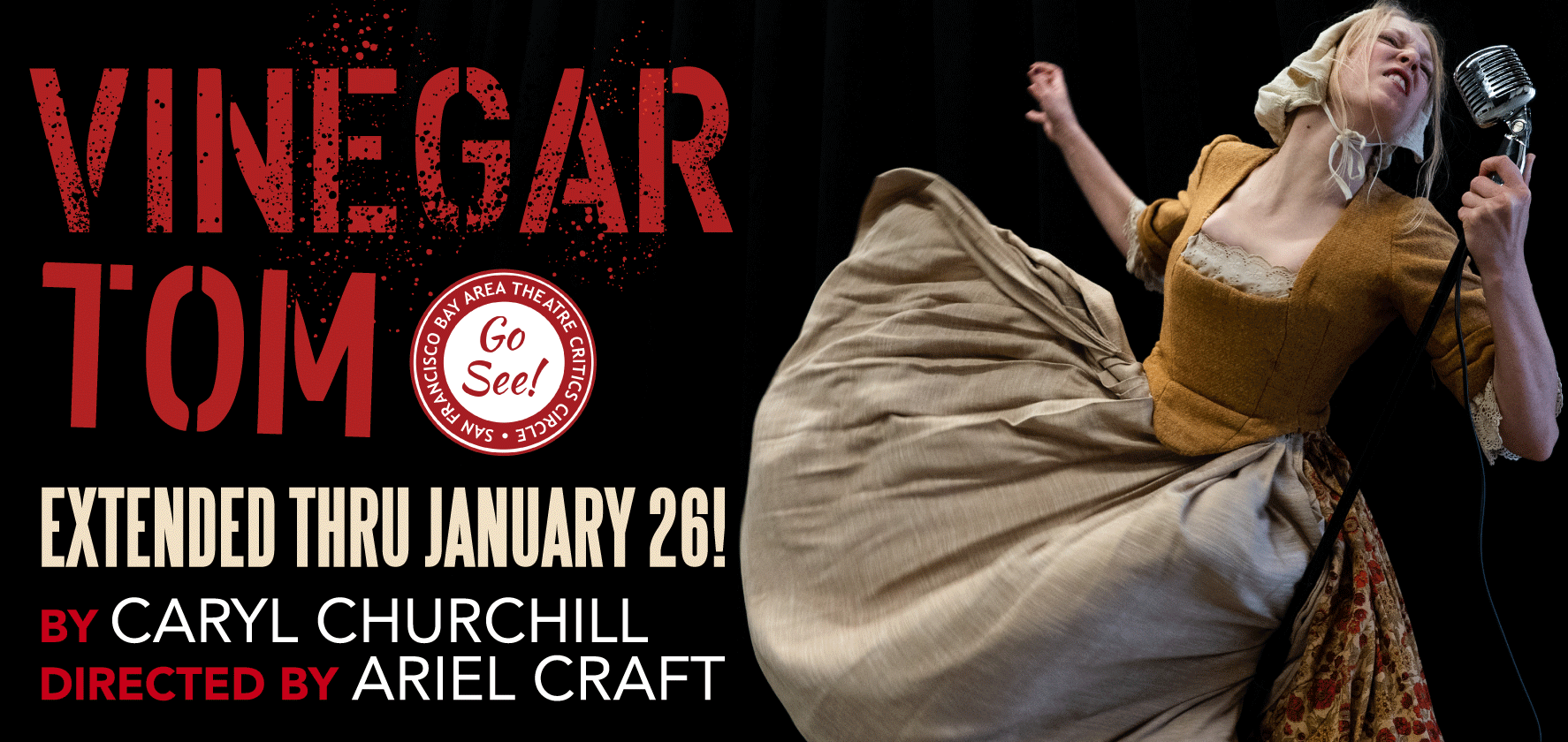A note from Director Ariel Craft

Vinegar Tom takes place in rural England in the 1600s, when witch hunts spread like a pandemic through Europe and then onto America. Tens of thousands were executed for imagined dalliances with the devil. Almost all of them were women.
But witch hunts don’t strictly belong to any time or place. Whether or not a fear of sorcery remains in the zeitgeist, “witch” is a word that persists — weaponized against women — to scapegoat and to shame. “Witch” is a word given to women who inspire discomfort, who brandish a kind of power that can’t be controlled or commodified.
That power, though, isn’t a power of privilege: the accused in Vinegar Tom are poor or husbandless, living on the fringes of polite society. They lack the matrix of currencies that might allow them to navigate their society without disruption: money, youth, purity, the endorsement of a respectable man. But in unsubscribing from their culture’s convention of what sort of woman every woman must be — by existing within the chasm of the unacceptable — they become a threat to the enduring fallacy that there is an unimpeachable mold for womanhood. By eschewing dominance and docility, they cut new paths to create change for the women that will come generations after them. They refuse to conform or to make themselves smaller, simpler, more manageable than they are — and that’s the power of the witch.
So you won’t spot any magic in Vinegar Tom, but you’ll see plenty of witches: women who complicate the way we conceive of womanhood, and who fight to stake their claim in a shared society. And while they may be punished for it — in this recreated rural England from the 1600s — their challenges and their refusals to be contained are triumphs and echoing calls to action.
Stay in the fight, witches.
Playwright Caryl Churchill on Vinegar Tom

Written in 1976, Vinegar Tom delves into the subjugation of women during the witch hunts of the 17th century. She writes of her play: “I wanted to write a play about witches with no witches in it; a play not about evil, hysteria and possession by the devil but about poverty, humiliation and prejudice, and how the women accused of witchcraft saw themselves.” Churchill also draws intriguing parallels regarding womens’ rights (or lack thereof) between our modern era and the 17th century. The play follows the story of Joan and her daughter, Alice, who are accused of witchcraft after an argument with a neighbor. This neighbor also claim that Vinegar Tom, Joan’s cat, is a familiar, an evil spirit. Throughout the play there are women who are suspected of being witches simply because they are ‘unconventional’ by not wanting to marry, or because they seek medicinal herbs for contraception. Churchill shares the following regarding her research for the play: “I discovered for the first time the extent of Christian teaching against women and saw the connections between medieval attitudes to witches and continuing attitudes to women in general. The women accused of witchcraft were often those on the edges of society, old, poor, single, sexually unconventional. Also the old herbal medical tradition of the cunning woman was being suppressed.”
Churchill highlights and celebrates the unconventional in Vinegar Tom with her structure for her play: between each scene there is a modern musical interlude that underscores the themes in the story. After two witches are hanged in a public square, a modern song bursts forth with the lyrics:
Look in the mirror tonight.
Would they have hanged you then?
Ask how they’re stopping you now.
Tickets
There are often walk-up seats available each night. Wait list starts one hour before showtime!
Subscribers, log in to get your tickets.
F.A.Q.
- What are $7 M.A.D. tickets, and how can I reserve them?
- What types of tickets does Shotgun offer?
- What are the content advisories for this production?
- What are your ticketing policies?






